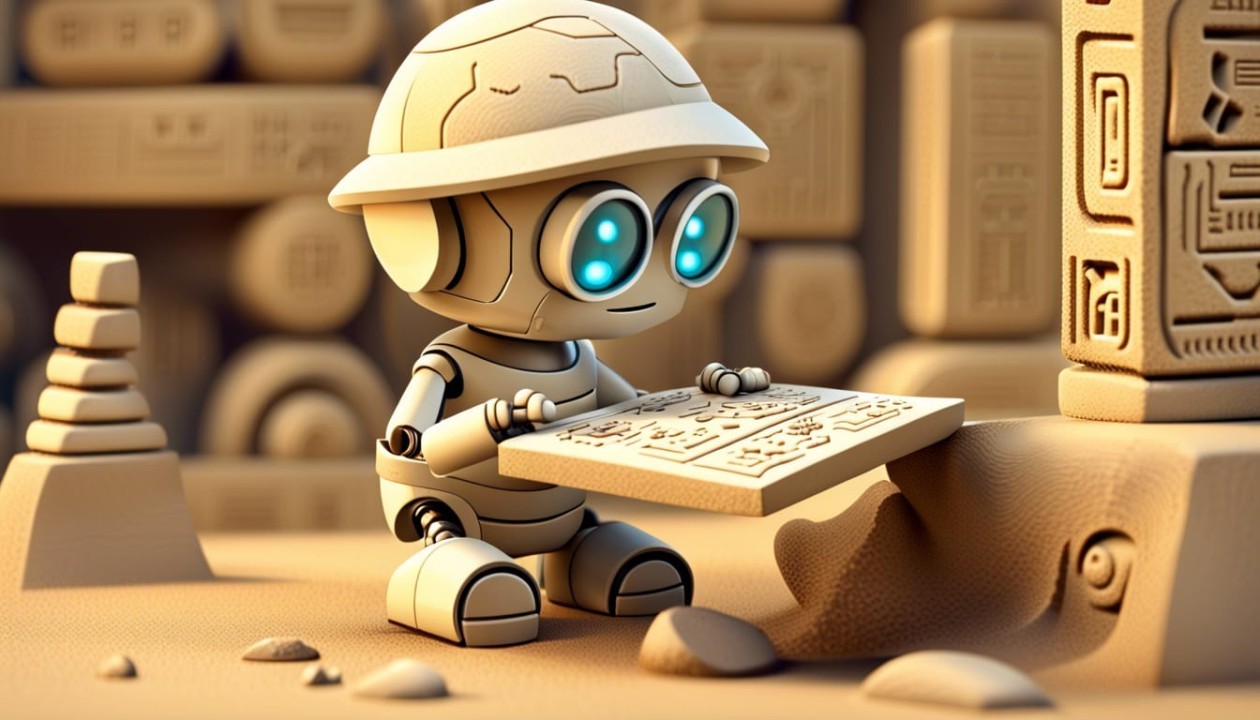The Evolution of Translation: From Ancient Scripts to AI-Powered Tools
Translation has been a crucial element in human communication for centuries, facilitating the exchange of ideas, culture, and knowledge across diverse linguistic and cultural boundaries. From the early days of ancient scripts to the advanced AI-powered tools we have today, the evolution of translation reflects the progress of human civilization. This article delves into the fascinating journey of translation, exploring its historical roots, significant milestones, and the revolutionary impact of modern technology.
Ancient Beginnings: The Dawn of Translation
Early Translations and Ancient Scripts
The history of translation dates back to ancient civilizations where multilingual communication was essential for trade, governance, and cultural exchange. One of the earliest known instances of Translation agency can be traced to the ancient Egyptians, who translated hieroglyphics into Greek during the Hellenistic period. This was a critical step in preserving Egyptian culture and knowledge.
In ancient Mesopotamia, the Akkadian and Sumerian languages coexisted, necessitating translations between these languages for administrative and legal purposes. The Rosetta Stone, discovered in 1799, is a famous artifact from this era, featuring the same text in three scripts: Greek, Demotic, and Hieroglyphic. This stone played a pivotal role in deciphering Egyptian hieroglyphics, showcasing the importance of translation in understanding ancient languages.
Religious Texts and Translation
Religious texts have always been a significant focus of translation efforts. The translation of the Hebrew Bible into Greek, known as the Septuagint, around the 3rd century BCE, was one of the earliest large-scale translation projects. This work allowed Greek-speaking Jews and early Christians to access Hebrew scriptures, profoundly influencing Western religious thought.
Similarly, the translation of Buddhist scriptures from Sanskrit into Chinese in the early centuries CE was instrumental in spreading Buddhism throughout East Asia. This endeavor required not only linguistic skills but also a deep understanding of cultural and philosophical nuances.
Medieval and Renaissance Developments
The Role of Translators in the Islamic Golden Age
The Islamic Golden Age (8th to 14th centuries) was a period of remarkable intellectual activity, during which scholars in the Islamic world translated and preserved a vast array of Greek, Persian, and Indian texts. The House of Wisdom in Baghdad became a renowned center for translation, where scholars translated works on philosophy, medicine, mathematics, and astronomy into Arabic. These translations played a crucial role in preserving and expanding the knowledge of classical civilizations, which later influenced the European Renaissance.
Translation in the European Renaissance
The European Renaissance (14th to 17th centuries) saw a resurgence of interest in classical knowledge, leading to extensive translation activities. Humanists like Leonardo Bruni and Desiderius Erasmus translated classical Greek and Latin texts into vernacular languages, making them accessible to a broader audience. This period also witnessed the translation of the Bible into vernacular languages, such as Martin Luther’s German translation, which had a profound impact on religious and cultural life in Europe.
The Modern Era: Industrialization and Beyond
The Birth of Professional Translation
The 19th century marked the beginning of professional translation as a distinct field. The rise of nation-states and the expansion of global trade created a demand for accurate and efficient translation services. The establishment of professional organizations, such as the American Translators Association (ATA) in 1959, provided a platform for translators to exchange knowledge and establish standards.
Machine Translation: The Early Years
The mid-20th century witnessed the advent of machine translation (MT), driven by the need for rapid and accurate translations during the Cold War. Early attempts, such as the Georgetown-IBM experiment in 1954, showed promise but were limited by the technology of the time. The development of rule-based and statistical machine translation systems in the following decades laid the groundwork for more advanced MT technologies.
The Digital Revolution: AI-Powered Translation
Neural Machine Translation (NMT)
The advent of neural machine translation (NMT) in the 2010s revolutionized the field of translation. Unlike previous rule-based and statistical approaches, NMT leverages deep learning algorithms to model entire sentences as continuous sequences. This allows for more accurate and context-aware translations. Google’s NMT system, introduced in 2016, significantly improved translation quality, reducing errors and producing more natural-sounding output.
The Role of Artificial Intelligence
AI-powered translation tools, such as Google Translate and DeepL, have become ubiquitous in our daily lives. These tools use large-scale neural networks trained on vast amounts of bilingual text data, enabling them to handle a wide range of languages and dialects. AI has also facilitated the development of real-time translation applications, breaking down language barriers in business, travel, and communication.
The Impact on Professional Translation
While AI-powered tools have democratized access to translation, they have also raised questions about the future of professional translators. Rather than replacing human translators, AI has augmented their capabilities. Professional translators now use AI tools to enhance productivity, ensuring accuracy and consistency in their work. The combination of human expertise and AI technology has led to higher-quality translations and expanded opportunities for translators.
The Future of Translation
Integration of Augmented Reality (AR) and Virtual Reality (VR)
As technology continues to evolve, the integration of augmented reality (AR) and virtual reality (VR) with translation is on the horizon. AR and VR can provide immersive translation experiences, allowing users to interact with foreign languages and cultures in real-time. This could revolutionize language learning, tourism, and international business.
Ethical and Cultural Considerations
The rapid advancement of translation technology also raises ethical and cultural considerations. Ensuring the accuracy and cultural sensitivity of translations is crucial, especially in fields like legal, medical, and diplomatic translation. Additionally, preserving linguistic diversity and supporting lesser-known languages in the digital age is an ongoing challenge that requires collaboration between technologists, linguists, and policymakers.
The Role of Human Translators
Despite the advancements in AI, human translators will continue to play a vital role in the translation process. The subtleties of language, cultural nuances, and the need for creativity in literary and marketing translations are areas where human expertise is indispensable. The future of translation lies in the synergy between human translators and AI, leveraging the strengths of both to achieve the highest standards of quality and accuracy.
Conclusion
The evolution of translation from ancient scripts to AI-powered tools is a testament to humanity’s enduring quest for knowledge and understanding. Each era of translation has built upon the achievements of its predecessors, culminating in the sophisticated technologies we have today. As we look to the future, the integration of advanced technologies with human expertise promises to further enhance our ability to bridge linguistic and cultural divides, fostering greater global communication and collaboration.






